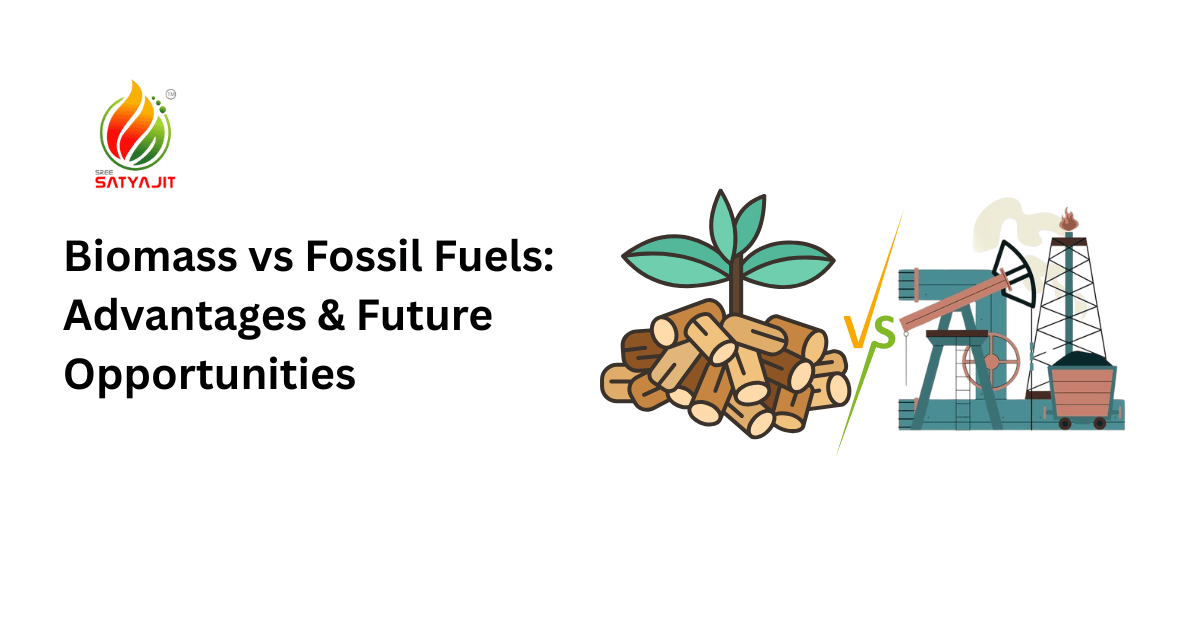There is increasing enthusiasm today about shifting towards cleaner forms of energy. Most of the energy that we use to illuminate our homes, propel our cars, and power our industries comes directly or indirectly from fossil fuels such as coal, oil, and gas. While these fuels have been major contributors to the shaping of today’s modern life, they have a tellingly heavy impact on the environment as well.
The greatest case for change is a simple one: we require energy answers that are not merely strong, but gentle, Earth-friendly as well. That’s why biomass emerges as a highly promising answer, thanks as much to its inherent origins as to the boost provided by new technologies such as the biomass briquetting machine.
Why Biomass Is Unique?
Compared to fossil fuels, biomass has several undeniable advantages. To begin with, it’s renewable. While coal and petroleum take millions of years to make and could become exhausted, biomass can readily be replenished by forest management techniques or through farming. That renders it a long-term, sustainable source.
There’s another advantage: we can become carbon neutral. When biomass gets burned, it releases carbon dioxide, but plants consume carbon dioxide as a part of their growth process. If we control the cycle effectively, the net release can be much lower than fossil fuels. On top of all that, producing energy from waste material—such as crop residues, forest trimmings, and even municipal refuse—converts garbage into a resource rather than a burden.
Role of Technology: Biomass Briquetting Machine
Modern technology has really changed the way we look at biomass energy. Equipment such as the biomass briquetting machine enables easy conversion of loose organic and agricultural waste into solid briquettes of biofuel. Briquettes are convenient to handle, store, and transport compared to raw biomass. For farmers and small industries, it translates to another stream of revenue and reduced use of conventional fuels.
Also Read: Biomass Briquetting Process: Transforming Waste into Sustainable Energy!
Future Directions for Biomass
In the future, biomass energy has a lot of possibilities. Scientists are already working to produce cleaner, more efficient biofuels out of materials such as algae or agricultural waste. There are also advances in Combined Heat and Power (CHP) systems, which are systems wherein a single biomass plant supplies both power and heat, cutting down wastage and emissions.
Biorefineries are also emerging, converting biomass into not just energy, but also chemicals and useful products. As we combine these new ideas with carbon capture technology, it’s possible to create a truly sustainable energy cycle.
Final Thoughts
Biomass is becoming a secure, environmentally friendly alternative to fossil fuels. Through the aid of technologies such as the biomass briquetting machine, it could become easier and more convenient for everyone to access clean energy. As the globe continues to promote environmentally friendly practices, biomass energy certainly should have a higher priority.


